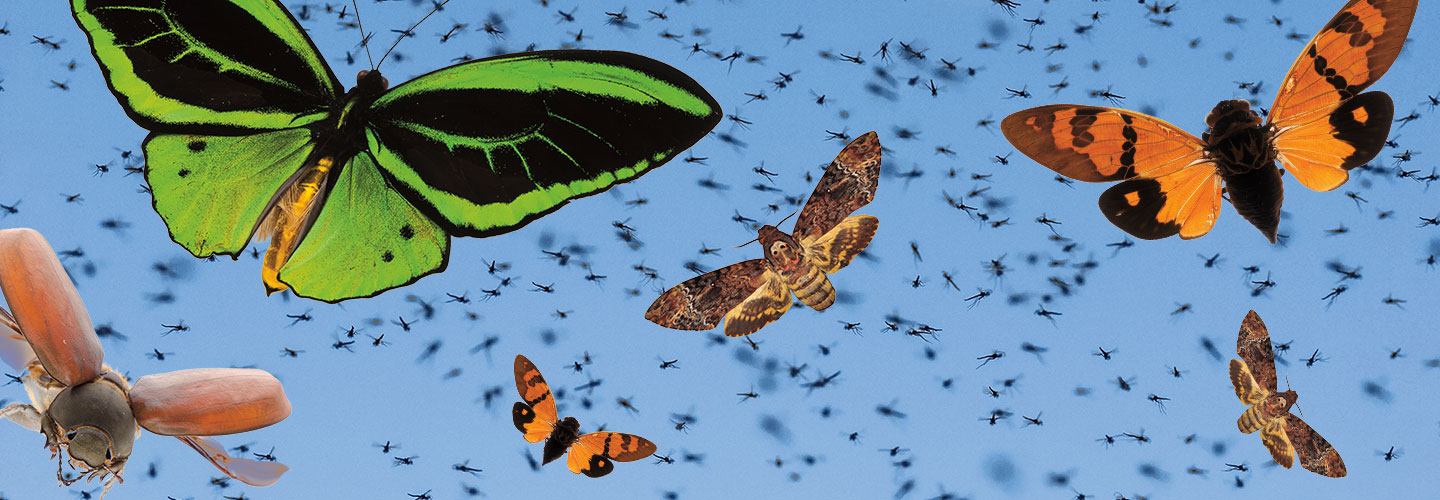When was the last time you were in a car when—SPLAT!—an insect flew into the windshield? If you can’t remember, you’re not alone. Insect fans and researchers around the world have noticed fewer run-ins with the flying creatures. This phenomenon, called the Windshield Effect, made people wonder how many insects were left.
Thanks to a 27-year-long study, entomologists and citizen scientists in Germany found that a staggering 75 percent of the country’s flying insects have vanished. Certain species of butterflies and moths are well studied, but it’s hard to keep track of how insects overall are doing. The number of insects is just too massive to count.
You’re in a car when—SPLAT!—an insect flies into the windshield. When was the last time that happened to you? If you can’t remember, you’re not alone. Insect fans and scientists around the world have noticed fewer bugs while driving. They called the phenomenon the Windshield Effect. It made people wonder how many insects were left.
Entomologists and citizen scientists in Germany conducted a 27-year-long study. They found that an alarming 75 percent of the country’s flying insects have disappeared.
Certain species of butterflies and moths are well studied. But it’s hard to keep track of how insects are doing overall. The total number of insects is enormous. That makes them very difficult to count.

